What, How and Why
What we do: We help families with children suffering from congenital heart disease by providing financial support. We also strive to raise awareness of CHD along with funds for research -- with the end goal of improving the outcomes for those affected by CHD.

Hopeful Hearts in the Community. We provide support for family's battling CHD, by delivering care packages to the local hospitals and work directly with leading physicians on their research and projects.
How we do it: Through private donations, corporate sponsorships, in-kind donors, and the generosity of people like you.
Why: The immense financial strain that heart surgeries and continuing medical care place on a family are crushing. If we can help to alleviate some of the enormous strain, we've accomplished a bit. If we can raise funds and awareness of CHD and move toward research and prevention, we will have accomplished a lot.





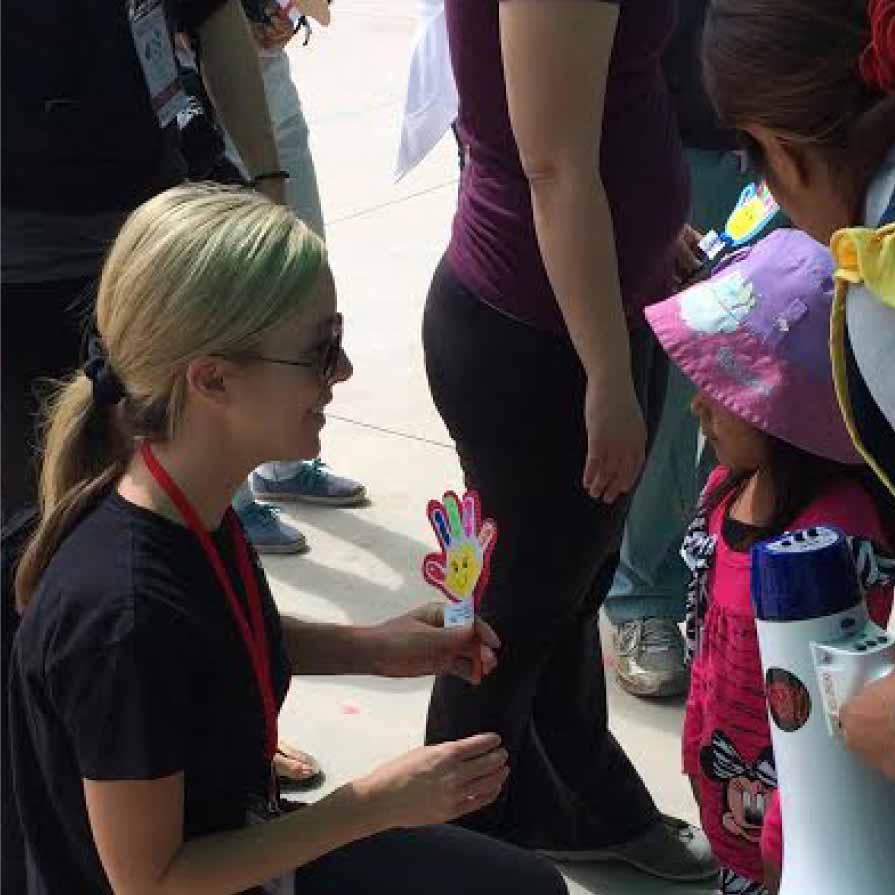

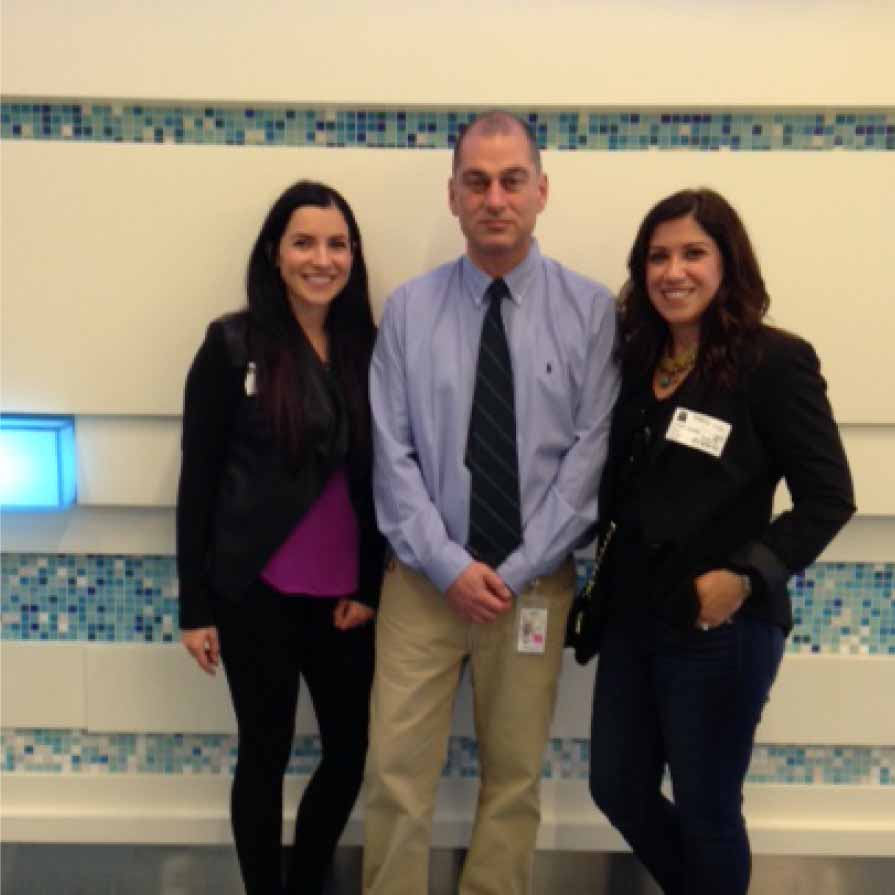

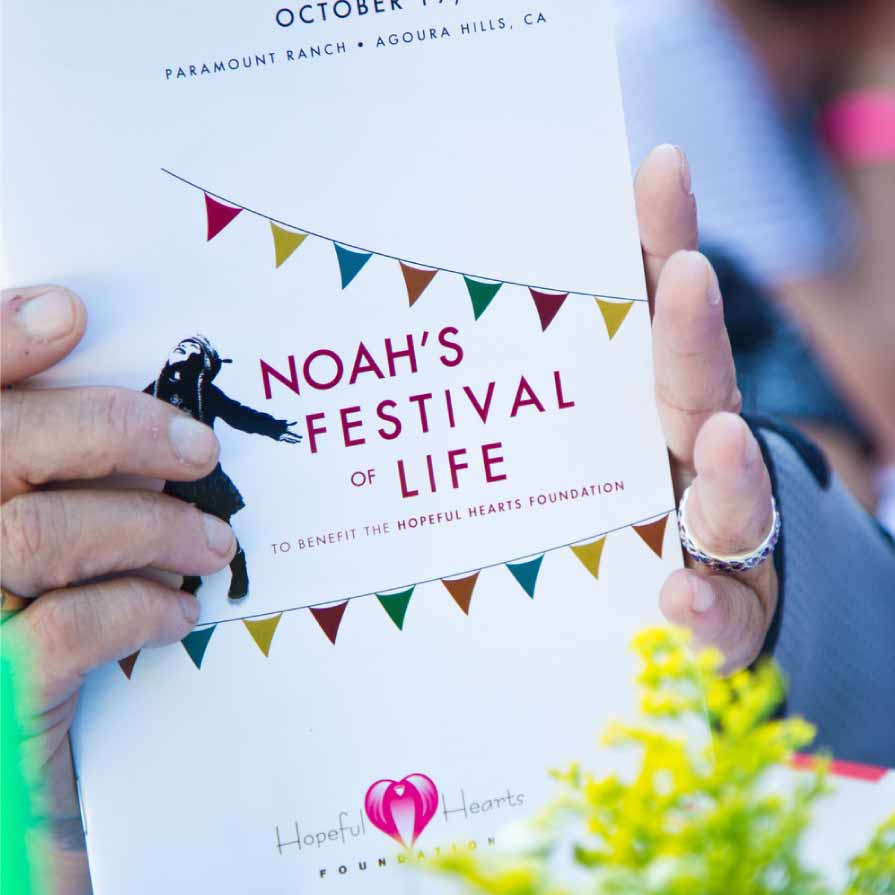

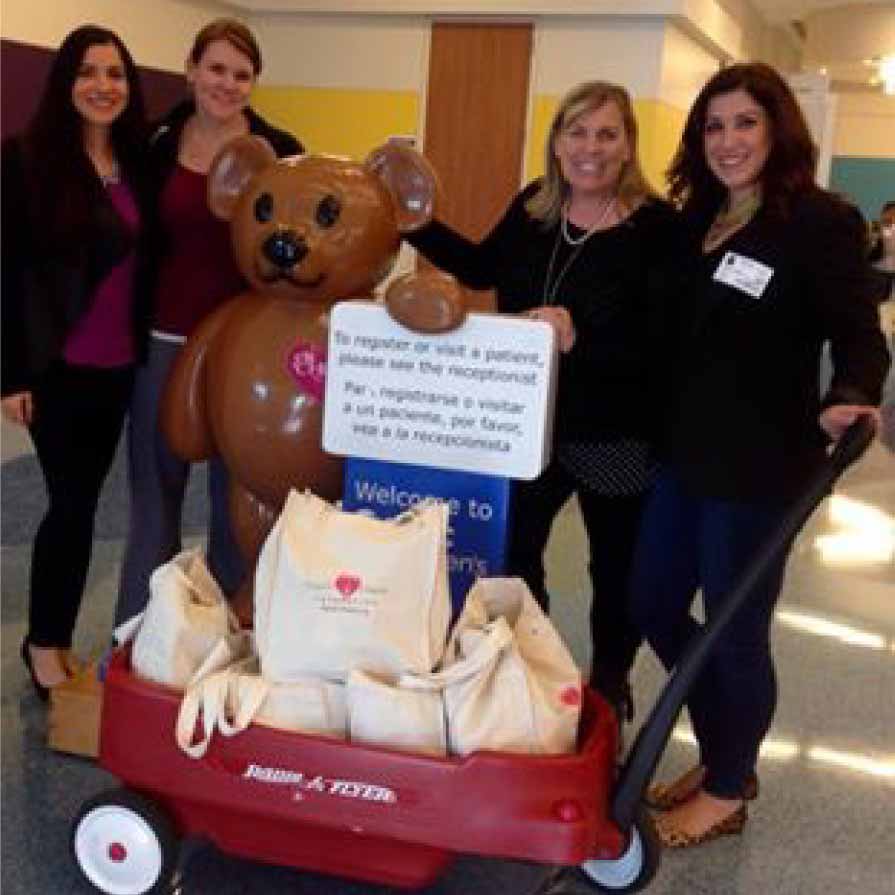


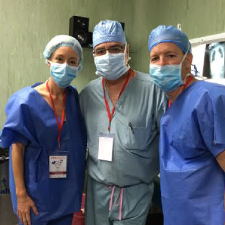
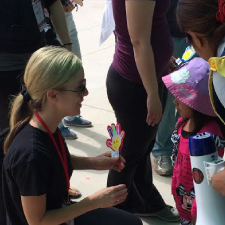
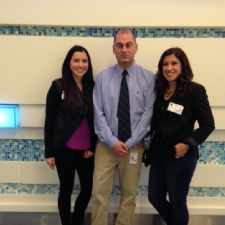
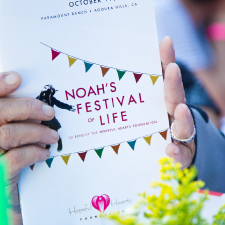

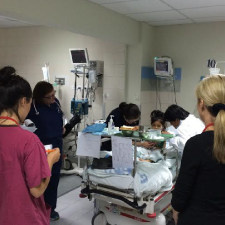








 Hopeful Hearts in the Community. We provide support for family's battling CHD, by delivering care packages to the local hospitals and work directly with leading physicians on their research and projects.
Hopeful Hearts in the Community. We provide support for family's battling CHD, by delivering care packages to the local hospitals and work directly with leading physicians on their research and projects.